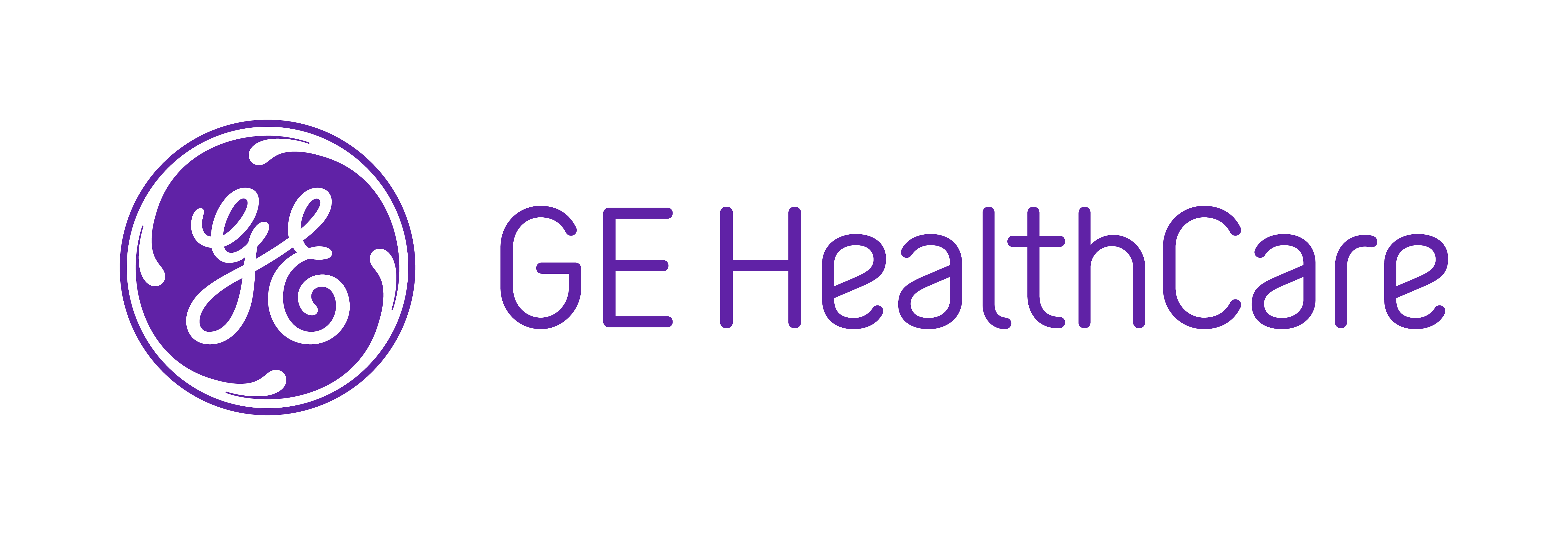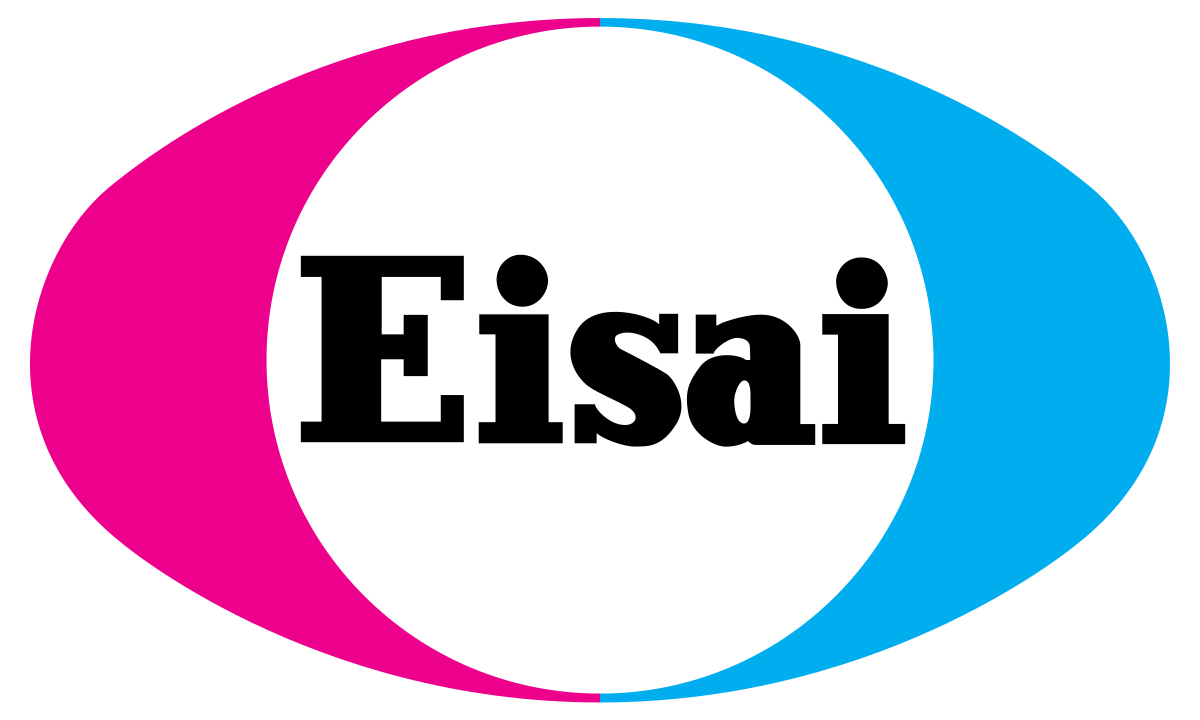Sunday, June 9
6:45–7:45 am

Advancing the Diagnosis and Monitoring of Early Alzheimer’s Disease: Providing Clarity on the Role of Biomarkers and Neuroimaging Modalities
Speakers:
Ana M. Franceschi, MD, PhD
Donald and Barbara Zucker School of Medicine at Hofstra/Northwell
The Feinstein Institutes for Medical Research
Lenox Hill Hospital
New York, New York, USA
David Weidman, MD
Banner Alzheimer Institute
University of Arizona, College of Medicine
Phoenix, Arizona, USA
Description:
Join us as the experts discuss the latest advances in
biomarkers and neuroimaging modalities for accurate diagnosis and monitoring of
early Alzheimer’s disease (AD). Using case-based scenarios and imaging
examples, a neurologist and a neuroradiologist will discuss practical
considerations related to early diagnosis and treatment monitoring, such as:
which biomarkers should we assess in our patients with suspected AD? What are
the strengths and limitations of available neuroimaging modalities? How can imaging
aid in treatment decision-making in patients with early symptomatic AD? How can
we monitor treatment response and adverse events associated with anti-amyloid-β
immunotherapies? And more…Remember to bring your questions- our expert faculty will address them during
the interactive Q&A!
This activity is supported by an educational grant from Lilly.
This activity is provided by Global Education Group.
This activity is developed in collaboration with Answers in CME.
6:45–7:45 am

| Rethinking Xofigo in 2024: Clinical Insights, Real-World Impact, and Charting the Course Ahead |
Speakers:
Dr. Sebastien Hotte, Division Head, Medical Oncology, Juravinski Cancer Center
Dr. Katherine Zukotynski, Professor Medical Imaging, Associate Co-Chair of Research in Medical Imaging, McMaster University
Description:
As the treatment paradigm for mCRPC continues to shift, Xofigo® maintains its role as a cornerstone therapy for bone predominant mCRPC patients. This session celebrates a decade of Xofigo® experience, exploring its clinical data and real-world impact on patient care. We'll hear from leading experts who will discuss strategies for selecting ideal patients for Xofigo® therapy and best practices in multi-disciplinary mCRPC care.
6:45–7:45 am

Launching Hearts to New Frontiers: The Evolution of PET Imaging for Patients with Coronary Artery Disease
Description:
Breakthroughs in science are reshaping medical practices and laying the groundwork for the future of nuclear medicine, molecular imaging, and theranostics. This symposium offers a visionary perspective on the future of combating cardiac disease through advances in nuclear medicine.
Advances in positron emission tomography (PET) myocardial perfusion imaging (MPI) and their applications in patients with epicardial and/or microvascular coronary artery disease will be discussed. New developments addressing different subgroups, including women and obese patients, will also be shared. Finally, forthcoming updates in US and international procedure standards and impact documents will also be discussed.
11:15 am–12:15 pm
.jpg)
Let’s Talk About POSLUMA
Invited speakers include Sean Collins, MD, PhD Professor, Georgetown University Hospital; and Elizabeth Hawk, MS, MD, PhD, DABNM, DABR, University of California San Diego.
Join us to learn more about POSLUMA® (flotufolastat F 18) injection, including a product overview, case study review and an engaging physician discussion featuring an imaging and referring physician.
11:15 am–12:15 pm

PSMA PET in Prostate Cancer: Case Discussion from 3-years Post-FDA Approval
Speakers:
Munir Ghesani, MD
Medical Director, Princeton Theranostics
Chief Medical Officer, United Theranostics
Che-Kai Tsao, MD
Director of Medical Oncology Prostate Program
Tisch Cancer Institute
Mt. Sinai
11:15 am–12:15 pm

Breaking Barriers in Digital SPECT Imaging
Speakers:
• Dr. Desiree Deandreis, Chief or Nuclear Medicine Department at Institut Gustave Roussy, France
• Dr. Daniel Juneau, Assistant Clinical Professor Nuclear Medicine Department, CHUM Montreal Canada
• Claire Cohalan, Medical physicist, Physics and biomedical engineering department at CHUM - Montréal Canada
• Dr. Olivier Clerc, Research Associate in Radiology, Brigham and Women's Hospital - Boston MA USA
6:30–7:30 pm

Maximizing Progress: PET Imaging for Alzheimer's Disease Diagnosis in an Evolving Treatment Era
Speakers:
• Tarun Singhal, MD, MBBS
• Scott M. McGinnis, MD
This session aims to increase awareness of the importance of positron emission tomography (PET) imaging in early detection and diagnosis of Alzheimer’s disease (AD), with an emphasis on its role in assessing AD pathology biomarkers and confirming diagnosis. A neurologist and neuroradiologist with experience in AD clinical management will guide the audience through actionable recommendations for application of PET imaging in AD care. Topics of discussion will include: the importance of early diagnosis and diagnostic confirmation, an overview of AD pathophysiology and advances in diagnostic biomarkers, insights into PET tracers available for AD pathology assessment, and guidance for the appropriate use of PET imaging and interpretation of scans for pathology changes along the AD continuum. The session will highlight the role of nuclear medicine specialists within multidisciplinary care teams to improve AD detection and clinical management. Attendees will have the opportunity to gain practical clinical insights from the speakers through illustrative case studies and a Q&A session. This symposium will emphasize the importance of nuclear medicine specialists for a collaborative approach to the integration of PET imaging into AD clinical care and provide actionable clinical guidance for the interpretation of PET scans in AD.
6:30–7:30 pm

Clinical Needs Driving Radiopharmaceutical Research and Scalable Solutions
Speakers:
• Munir Ghesani, MD, Chief Medical Officer - UNITED THERANOSTICS
Expanding Use of Theragnostics & the Clinical Management of Patients
• Danielle Meyrick, PhD, MD - Chief Medical Officer, ITM
Growing Pipeline to Address Unmet Clinical Needs
• Mark Harfensteller, PhD - Chief Operating Officer, ITM
Scalable Solutions to Meet the Rapidly Growing Needs
Description:
This session will examine the well-established clinical utility of beta-emitting Lu-177 therapies and the potential of alpha-emitting Ac-225 and Auger-emitting Tb-161, ongoing research to support the development of new radiopharmaceuticals, and how a sustainable supply of isotopes is being established to address the rapidly growing demands for clinicians and researchers.
6:30–8:30 pm


Driving Molecular Imaging Innovation with “FAPI”*
Speakers:
• Current state of FAP imaging: technology vs research applications
Andrew Scott, MBBS (Hons), MD, FRACP, FAHMS, FAICD, FAANMS, Olivia Newton-John Cancer Research Institute (Australia)
• Perspectives on FAPI* Phase II progress
Shadi Esfahani, MD, MPH, Massachusetts General Hospital(US)
Ajit H. Goenka, MD, Mayo Clinic (US)
• The pivotal role of Fibroblasts in Inflammation and Fibrosis
Olivier Gheysens, MD, PhD, University Hospitals St Luc Brussels (Belgium)
Panel Discussion: FAP (fibroblast activation protein) as a diagnostic and therapeutic target for radiopharmaceuticals has seen many advances in recent years. This special session will bring together researchers and industry to discuss the latest progress in this space and current research applications.
*Represent concepts in development that are not yet products and may never become products. None of these concepts are being offered for sale today or have been cleared or approved by any regulatory authority for commercial availability.